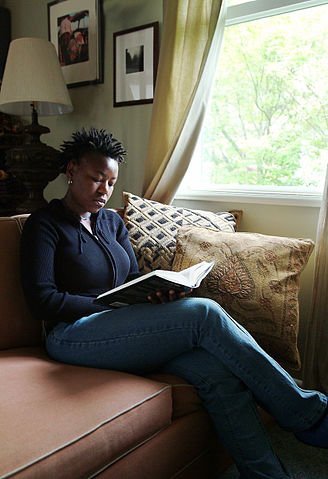
Stories’ Power To Improve Memory
After months of school closures and disruption to learning, many students now find themselves playing catch-up. There’s old material to recap and new material to learn as quicky as possible. Science tells us that using a storytelling technique is one of the most effective ways to improve memory and retain facts. Here’s why storytelling works and how you can put it into action today.
Why Your Brain Likes Stories
According to research, our brains are hardwired to love stories. When we listen to a story that involves a character, our brains produce a chemical called oxytocin, which increases empathy and our connections to other people. But the real thing worth knowing about stories is that they can dramatically improve our ability to learn information and remember it for a long time.
When we listen to a story, our imaginations takes over. We use our senses to imagine the setting, characters and the plot. With so many senses on board, our brains light up like a Christmas tree. And the more parts that are lit up, the more likely we are to remember what we’ve heard. This is why a story is a far more effective tool in education than revision cards or post-it notes, filled with facts and equations.
Storytelling For Memory: The Memory Palace
If you want to give storytelling a try, here’s one technique that will make your brain light up: the Memory Palace. This technique is designed to help you remember lists of information, like the causes of a war in history or the different functions of the body in science. Here’s how it works:
Start by imagining a location that you know really well. Your bedroom, your classroom, or a favourite shop or restaurant will all work. Next, take each item on your list and relate it to an image. This could be something that the word looks like or sounds like. Be as creative as you like!
For example, if you’re trying to remember the elements required for photosynthesis, this is the kind of list you’ll need to create:
- Bright, shining sun – this reminds me of the sunlight that plants need to photosynthesise.
- A big glass of water or a raincloud – this reminds me that plants need water.
- A big C surrounded by bubbles – this makes me think of carbon dioxide.
Of course, you don’t have to use the same images as me. These are what I think of, but you might come up with completely different objects. That’s absolutely fine.
Next, close your eyes and mentally place these objects into the room. You want to place them down in order because it is this order that will help you to create a story.
Here’s my story:
I walk into my room and I see a big, shining sun above my bed. It’s so hot in the room that I need to drink a glass of water from my bedside table. As I drink my water, I look out the window and see a huge balloon with the letter C on it, surrounded by floaty bubbles.
The more I tell myself this story, the better chance I have of remembering it. Perhaps write it down or record yourself telling the story. It doesn’t matter how silly it is! In fact, the more silly it is, the more likely you are to remember it. You can use this technique for any subject, any list, and using any room or place that you know well. Why not give it a go and see how it works?
If you prefer a video tutorial of this technique, check out this one from Sprouts.